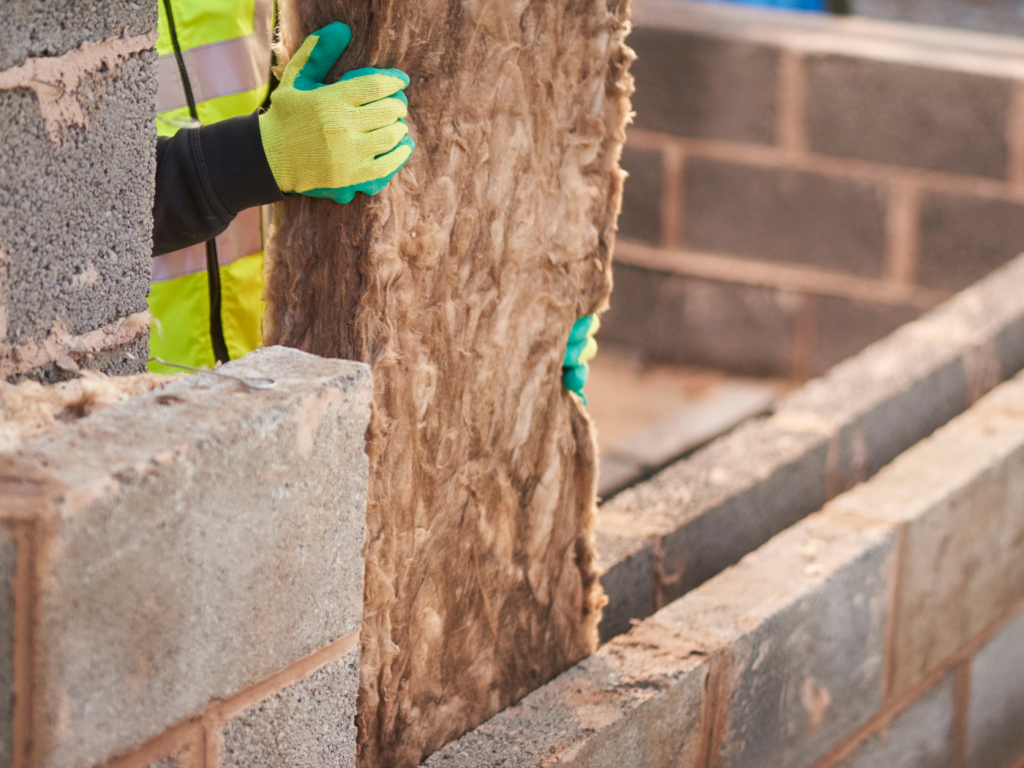
Cavity wall insulation is an effective way to enhance your home’s energy efficiency, reduce heat loss, and lower energy bills. If your home was built after the 1920s, it likely has cavity walls that can be insulated to prevent unnecessary heat escape. In this guide, we’ll explore the benefits, types, and installation process of cavity wall insulation.
Why Cavity Wall Insulation Matters
Without proper insulation, homes lose a significant amount of heat through their walls, leading to higher energy bills and increased carbon emissions. Installing cavity wall insulation can:
Reduce heat loss, keeping your home warmer in winter and cooler in summer
Lower energy bills by improving thermal efficiency
Enhance home comfort by maintaining a consistent indoor temperature
Reduce carbon footprint by minimizing energy consumption
Increase property value with improved energy efficiency ratings
Types of Cavity Wall Insulation
There are various insulation materials available, each offering unique benefits depending on your home’s requirements.
1. Mineral Wool Insulation
This is one of the most common and cost-effective options. It consists of mineral fibers that provide excellent thermal and sound insulation.
2. Polystyrene Beads
Small polystyrene beads are injected into the cavity wall, creating an effective thermal barrier with minimal air gaps.
3. Urea-Formaldehyde Foam
This insulation is injected as a liquid and expands to fill the cavity, making it ideal for hard-to-reach areas.
Installation Process
Assessment: A professional survey is conducted to determine wall suitability and insulation type.
Drilling: Small holes are drilled into the exterior walls at regular intervals.
Insulation Injection: The chosen insulation material is injected into the wall cavities.
Sealing and Finishing: The holes are sealed and finished to match the original exterior.
Final Inspection: The installation is checked to ensure effectiveness and compliance with building regulations.
Cost and Funding Options
The cost of cavity wall insulation varies depending on the size of the property and the insulation material used. However, government grants and energy efficiency schemes, such as the UK’s ECO scheme, may help cover costs for eligible homeowners.
Conclusion
Cavity wall insulation is a simple yet highly effective solution for improving energy efficiency and reducing heating costs. Whether you choose mineral wool, polystyrene beads, or foam insulation, the long-term savings and environmental benefits make it a worthwhile investment. To find out more, consult a trusted insulation provider today!
